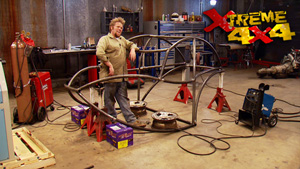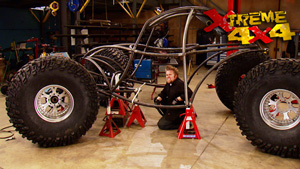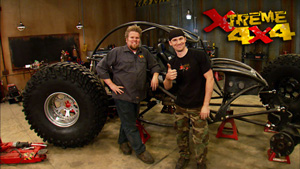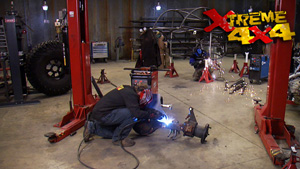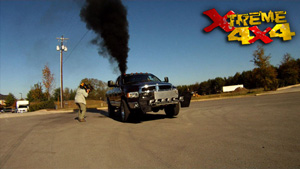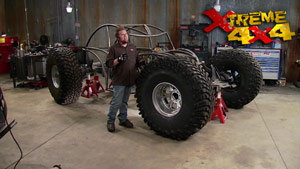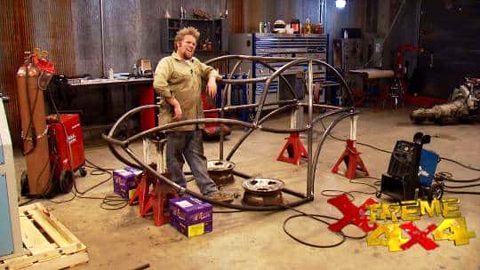
Diesel Buggy Part 1 - Step by Step Design.
We'll take raw tube, an idea, and a 6.6 liter turbo diesel Duramax and build one cool off road buggy, and take you thru the process of how to design from scratch. We'll turn a rough sketch into mechanical drawings and start bending and notching.
Season 6
Episode 10
First Air Date: May 15, 2010
